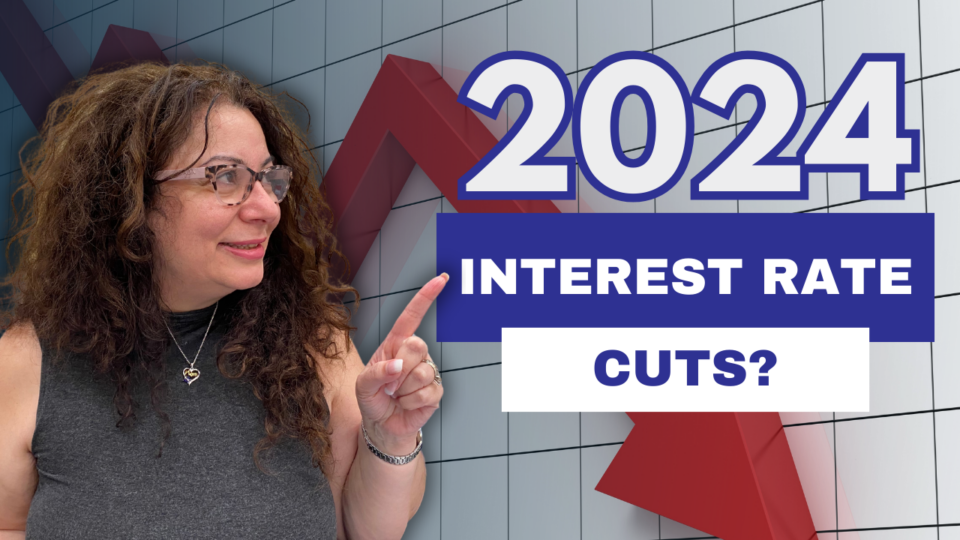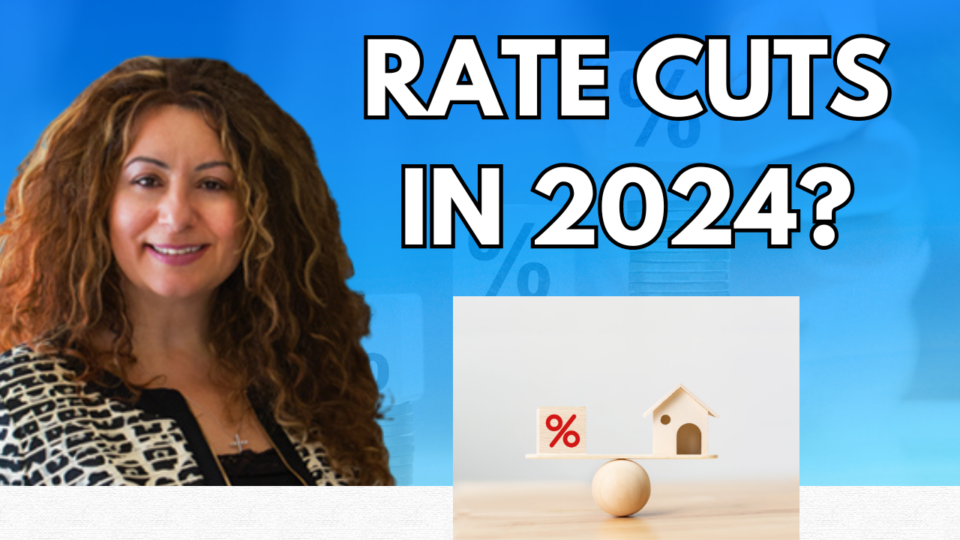Explaining the Bank of Canada Interest Rate

What is the Bank of Canada
The Bank of Canada, created in 1934, functions as the nation’s central bank, with a mandate to foster economic health and financial stability. It holds the authority over monetary policies, issues currency, and sets the interest rates for Canadian banks, fundamentally influencing the country’s economy.
Operating from Ottawa, this institution was transformed into a federal crown corporation in 1938, showcasing its significant role in managing Canada’s monetary system.
It is instrumental in controlling inflation through strategic adjustments to interest rates, and it ensures the security and integrity of the national currency.
The Bank’s governance includes a governor, appointed by a board of directors, who oversees these critical functions to support economic growth and stability.

What is the Overnight Rate
The Overnight Rate set by the Bank of Canada is a critical instrument for implementing the country’s monetary policy. This rate is pivotal because it influences borrowing costs and the demand for investment, thereby affecting inflation rates and ensuring the stability of the Canadian currency.
Throughout the year, the Bank of Canada announces its plans for the Overnight Rate eight times, deciding whether to increase, decrease, or maintain it. The primary goal behind these decisions is to manage inflation, aiming to sustain it around a 2% target as part of the bank’s broader mandate. If inflation dips below this benchmark, the Bank is likely to reduce the Overnight Rate. Conversely, an inflation rate exceeding the target would prompt an increase in the rate.
The term “overnight” in the Overnight Lending Rate reflects the daily borrowing activities among Canadian banks to balance their sheets. Banks exchange funds throughout the day to facilitate customer transactions, such as debit card usage or electronic transfers, necessitating a fluid and efficient financial system. This liquidity is fundamental to the health of Canada’s economy.
By the day’s end, banks must reconcile their accounts, with some needing to borrow funds due to a net outflow of cash and others having surplus funds. This reconciliation occurs in the overnight market, where the Bank of Canada’s Overnight Lending Rate (presently at 5.00%) comes into play.
Although these rates are more of a backstage financial mechanism, they indirectly influence the cost of credit for consumers, affecting various credit products and the overall economic environment.
(PS. Are you planning on buying a home?? Elevate your home-buying journey with our exclusive free guide. If you’re on the path to homeownership, this resource is a must-have. Click HERE to unlock invaluable insights and tips. Secure your copy now!)
How the Overnight Lender Rate Impacts Prime Rate
Each financial institution, including Canada’s Big Five Banks, independently establishes its prime rate, though these rates are typically aligned. The prime rate’s adjustments are heavily influenced by the Bank of Canada’s policy interest rate, specifically its target for the overnight rate.
An increase in the overnight rate leads banks to incur higher borrowing costs, prompting them to raise their prime rates to offset these expenses. Conversely, a decrease in the overnight rate encourages banks to lower their prime rates, making borrowing more affordable. This dynamic underscores the direct impact of the central bank’s monetary policy on the broader financial landscape.
How The Prime Rate Impacts Borrowing
The prime rate significantly affects the cost of borrowing for a variety of financial products, serving as a foundational benchmark for the interest rates that lenders charge on certain loans. This includes variable-rate mortgages, car loans, home equity lines of credit (HELOCs), and unsecured lines of credit. When the prime rate increases, it directly influences the mortgage rates and monthly payments for variable-rate mortgages, leading to higher interest portions of these payments. Meanwhile, fixed-rate mortgage holders remain insulated from such fluctuations.
Additionally, the prime rate plays a critical role in determining the interest rates for lines of credit and variable-rate loans, such as some auto loans, making the cost of borrowing adjust in line with the prime rate changes. This adjustment impacts the interest paid by consumers, including those utilizing credit cards, particularly those with low-interest offers, as their rates also vary with the prime rate, affecting the amount of interest accrued on outstanding balances.
It’s important to note that borrowers often do not pay the prime rate itself. Financial institutions typically offer rates that are described as prime plus or minus a certain percentage. The specific rate offered to a borrower depends on various factors, including conditions in the lending markets, the borrower’s creditworthiness, the amount being borrowed, and whether the loan is secured. This nuanced approach allows lenders to tailor borrowing costs more closely to the individual risk profile and market conditions, thereby impacting the overall cost of credit for consumers.

In conclusion, the Bank of Canada’s role in managing the nation’s monetary policy, specifically through its adjustments to the Overnight Rate, has profound implications on the financial landscape of Canada. By influencing the cost of borrowing, the central bank indirectly shapes consumer behavior, investment decisions, and ultimately, the overall health of the economy. Its strategic manipulation of interest rates in response to inflation trends showcases a critical balance between fostering economic growth and maintaining financial stability. As the Canadian economy navigates through fluctuating global economic conditions, the Bank of Canada’s policies, including its control over the prime rate and the resultant impact on borrowing costs, remain pivotal in steering the country towards sustained economic prosperity. Understanding these mechanisms allows consumers and investors alike to better anticipate changes in the financial environment, reinforcing the importance of the central bank’s actions in the broader economic narrative.
If you’d like to have a discussion regarding the prime interest rate and how this impacts your mortgage or discover which interest rate type is right for you, fixed or variable rate, feel free to reach out to my office and either myself or one of my senior mortgage agents will be happy to help. [email protected] – 519-250-4848.



